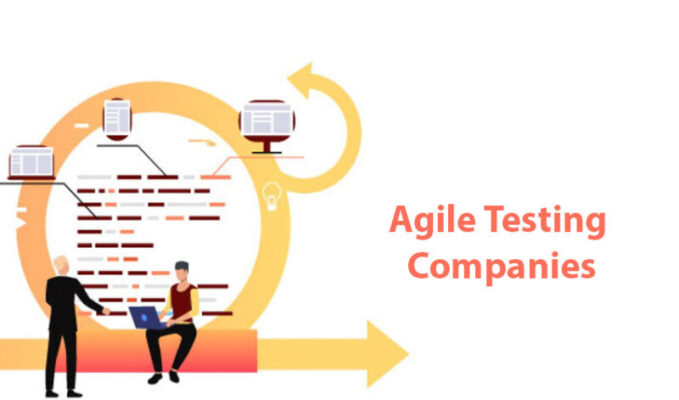Black Box Testing is regarded as one of the software testing techniques in which the function of an application is tested without examining its internal design. This particular testing method emphasizes the inputs and outputs of a system, becoming an integral part of quality assurance throughout the entire development process. As black box testing doesn’t require programming knowledge, this makes it an ideal method for validating business requirements, customer expectations, and even functional specifications.
Different types of black box testing are available for various purposes and are focused on other aspects. Identifying these different black box tests can go a long way in resulting in extensive test coverage and increasing the reliability of the software.
Functional Testing
Functional testing most commonly comes under Black-box Testing. It tests whether the software works as per the requirements and specifications. It tests user interfaces, APIs, databases, security, and other functionalities.
For example, when a login form has a username and password, functional testing will check if the entered valid username-password combination accesses the account and if an invalid combination denies access. Also, functional testing has edge cases and error handling scenarios to ensure that any divergent scenarios are covered.
Non-Functional Testing
Non-functional tests target behavioral characteristics for a system under various conditions in contrast to functional tests, which just deal with what the system does. Performance, usability, scalability, reliability, and security testing are parts of non-functional testing.
- Performance Testing determines the application’s behavior under a certain workload.
- Load Testing investigates the way that the system behaves when it is under normal and peak stress conditions.
- Usability Testing enables the application to be user-friendly and intuitive.
- Security Testing unveils vulnerabilities and confirms data protection mechanisms.
These tests are critical to the users’ satisfaction and to ensuring what is possible in a real-life environment.
Regression Testing
Regression testing is a form of testing done primarily to ensure that changes made in the code, such as fixes or new features, do not adversely affect the already existing functionality of the system. This is a type of retesting that has to do with stability and is carried out using tools that automate testing because of the repetitive nature of regression testing.
For example, if a new payment method is introduced in an e-commerce platform, regression testing will be needed to find out the effect of this addition on other features, such as cart content or order history.
Boundary Value Testing
Boundary value testing is a method of testing that looks at the values that are at the edges of the input domains because there has been a more frequent occurrence of errors at the boundaries rather than in the centre of the input ranges, which makes this procedure very effective.
For example, if an input field accepts an age value ranging from 18-60, boundary testing checks values such as 17, 18, 60, and 61 to affirm whether or not the system rejects or accepts the mentioned inputs.
Equivalence Partitioning
This technique partitions input data into equivalent partitions that are expected to exhibit the same behavior by the system. The partitioning will allow testing of just one value of each partition, thereby reducing the number of test cases without significantly affecting coverage.
For example, in a system accepting values from 1 to 100, the corresponding equivalence partitions can be valid input (1 to 100), invalid low input (anything below 1), and invalid high input (anything over 100). Testing one value from each partition is generally assumed to suffice.
Decision Table Testing
Decision table testing is useful in testing complex business logics with various conditions and outcome scenarios, where a table is drawn for inputs along with their corresponding actions, and then combinations are tested for correctness.
This sort of testing is mostly common for working systems such as loan approvals, where differing inputs (income, credit score, loan amount) will lead to differing decisions.
State Transition Testing
This technique tests the behavior of the system as it transitions from one state to another, which is dependent on inputs or events. This is applicable to programs where the outputs depend on past inputs or the present state.
For example, an ATM: inserting a card, entering a PIN, and selecting a transaction takes the machine through various states, one of which needs to be tested.
Conclusion
Perhaps the most important aspect of testing in this kind of way is the delivery of quality software. Knowing one type of black-box testing from others is necessary. To name some different types of black-box testing: functional, non-functional, regression, boundary value, equivalence partitioning, decision table, and state transition testing. Black box testing could mean different things: manual or automated. Whatever the type, it has always been an achingly important Software Validation method.
Read Dive is a leading technology blog focusing on different domains like Blockchain, AI, Chatbot, Fintech, Health Tech, Software Development and Testing. For guest blogging, please feel free to contact at readdive@gmail.com.





